When it comes to global cuisine, popular dishes like sushi, pizza, and tacos often steal the spotlight. However, there are countless lesser-known culinary traditions that deserve recognition for their unique flavors and cultural significance. In this article, we explore some of the most underrated cuisine and food cultures around the world, showcasing the rich diversity and delightful tastes that are waiting to be discovered.
Ethiopian Cuisine
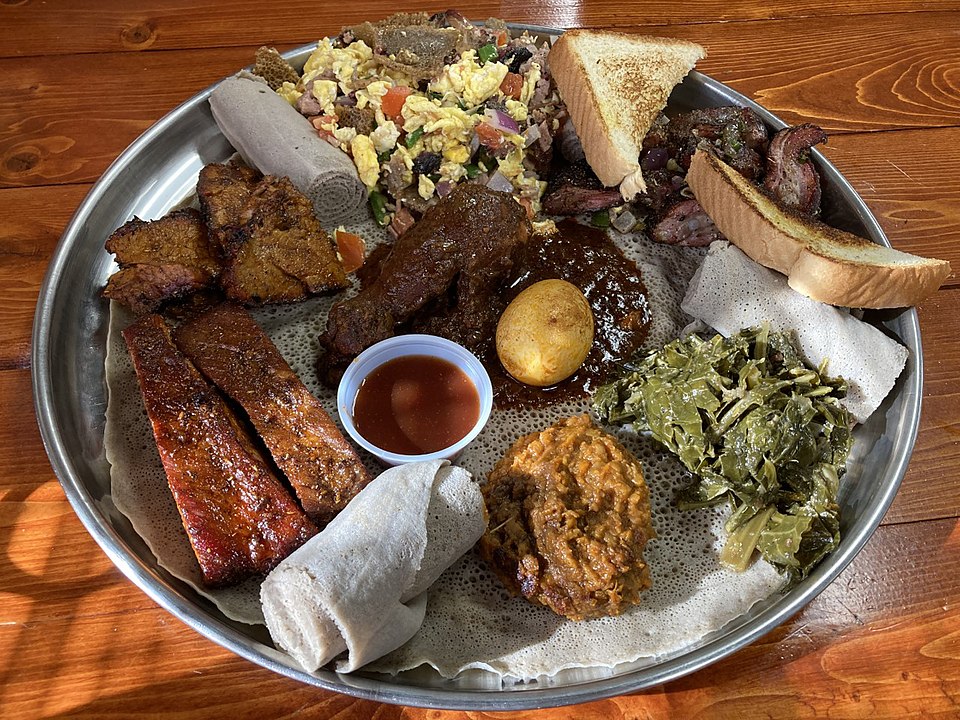
Ethiopian cuisine is a flavorful and vibrant culinary tradition that deserves more recognition. Central to Ethiopian meals is injera, a spongy sourdough flatbread made from teff flour. Injera serves as both the base and the utensil for an array of stews and salads, such as doro wat (spicy chicken stew) and misir wat (spiced lentils). The communal eating style fosters a sense of connection and sharing, highlighting the cultural importance of hospitality in Ethiopian society.
Peruvian Cuisine
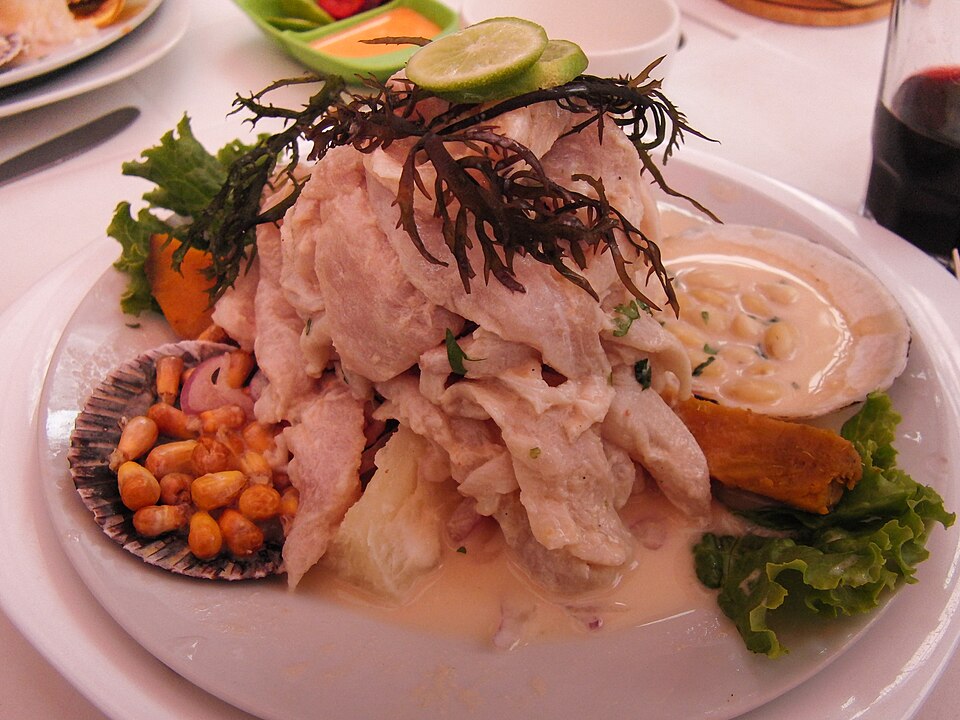
Peruvian cuisine offers a rich tapestry of flavors influenced by indigenous, Spanish, African, and Asian cultures. Known for its use of fresh and diverse ingredients, dishes like ceviche, made from marinated raw fish, and lomo saltado, a stir-fry combining beef with vegetables and soy sauce, exemplify Peru’s culinary ingenuity. Additionally, Peru boasts a variety of native potatoes and unique ingredients like ají peppers and purple corn.
Georgian Cuisine
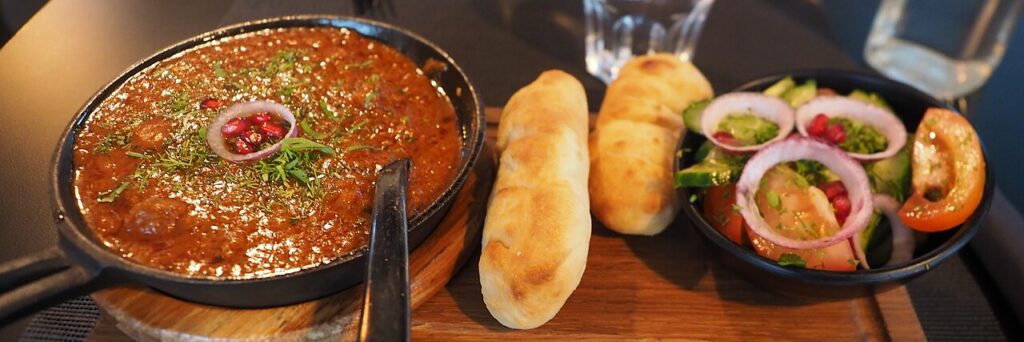
Georgian cuisine, from the country of Georgia, is a hidden gem that features a delightful blend of Mediterranean and Middle Eastern flavors. Khachapuri, a cheese-filled bread, and khinkali, spiced meat dumplings, are staple dishes that showcase the region’s rich culinary heritage. Georgian feasts, known as supras, are social events filled with toasts, wine, and a variety of dishes that highlight the communal aspect of dining.
Vietnamese Cuisine
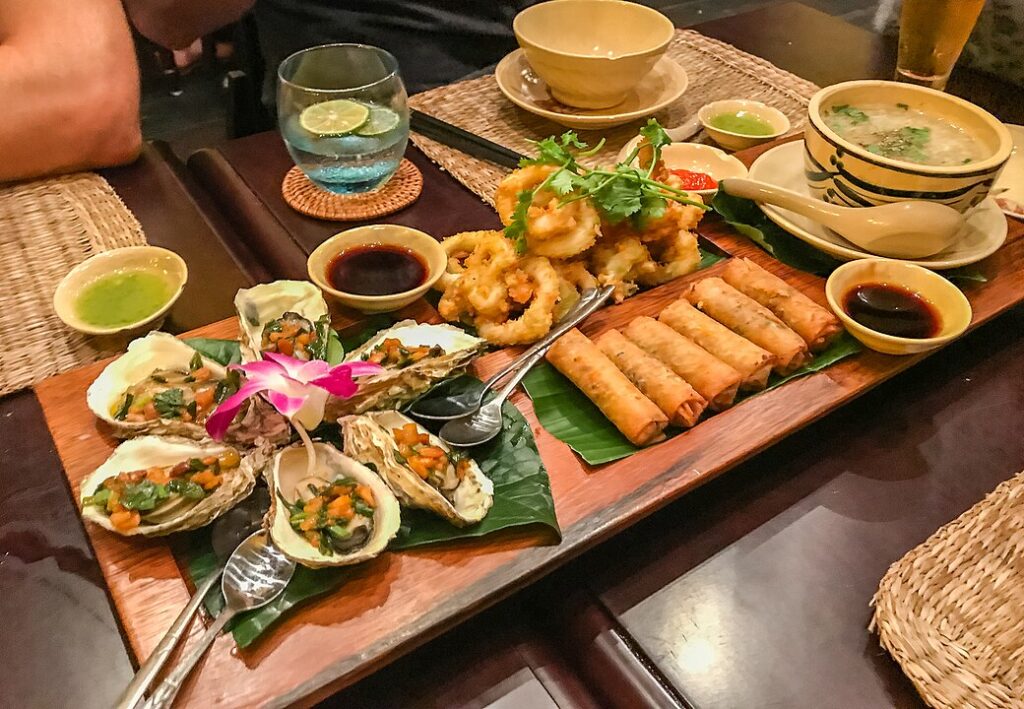
While pho and banh mi are popular, Vietnamese cuisine has much more to offer. Its balance of flavors – sweet, salty, sour, and spicy – is evident in dishes like bun cha (grilled pork with noodles) and banh xeo (crispy pancakes filled with shrimp and pork). Fresh herbs, rice noodles, and an abundance of vegetables make Vietnamese cuisine both healthy and delicious, deserving wider recognition.
Filipino Cuisine
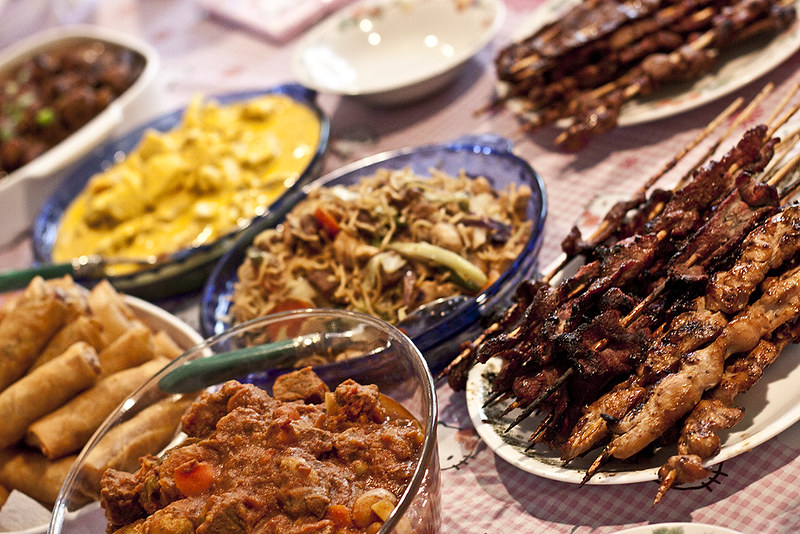
Filipino cuisine is a melting pot of Malay, Spanish, Chinese, and American influences, resulting in a unique culinary experience. Signature dishes like adobo (meat marinated in vinegar, soy sauce, and spices), sinigang (sour tamarind soup), and lechon (roast pig) highlight the complex flavors and diverse ingredients that define Filipino cooking. Despite its richness, Filipino food remains relatively unknown on the global stage.
Lebanese Cuisine
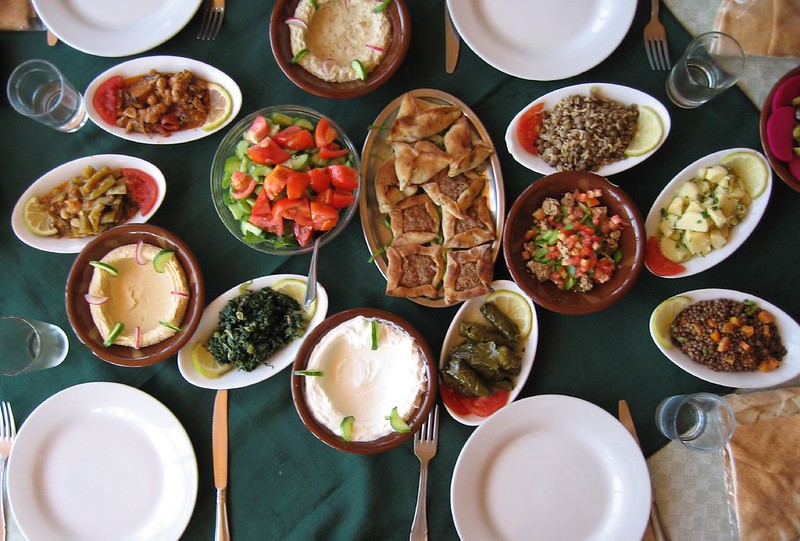
Lebanese cuisine is renowned for its fresh and vibrant dishes that emphasize the use of vegetables, grains, and lean meats. Mezzes, such as hummus, baba ghanoush, and tabbouleh, offer a variety of flavors and textures that are both healthy and satisfying. Grilled meats, fresh salads, and the liberal use of herbs and spices make Lebanese cuisine a delicious and wholesome option that deserves more attention.
Turkish Cuisine
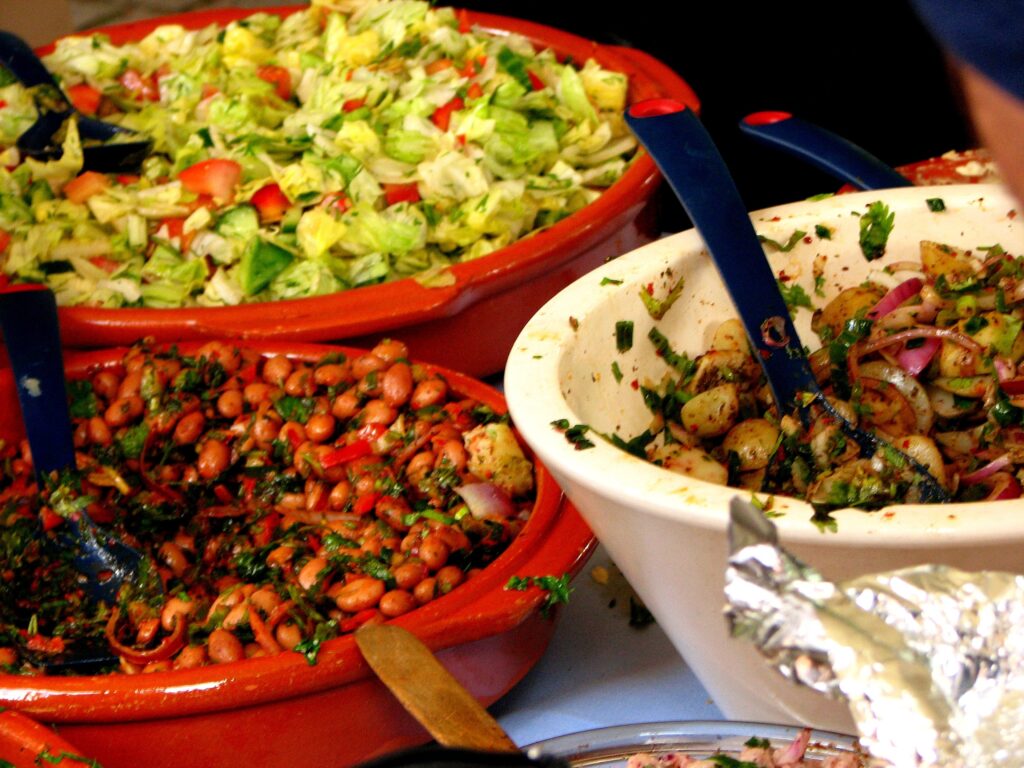
Turkish cuisine, with its rich history and diverse influences from Central Asia, the Middle East, and the Mediterranean, is highly underrated. Beyond kebabs and baklava, Turkish food offers a variety of mezes, pilafs, and pastries that are both flavorful and aromatic. Dishes like manti (Turkish dumplings) and gözleme (stuffed flatbread) exemplify the country’s culinary diversity and creativity.
Iranian Cuisine
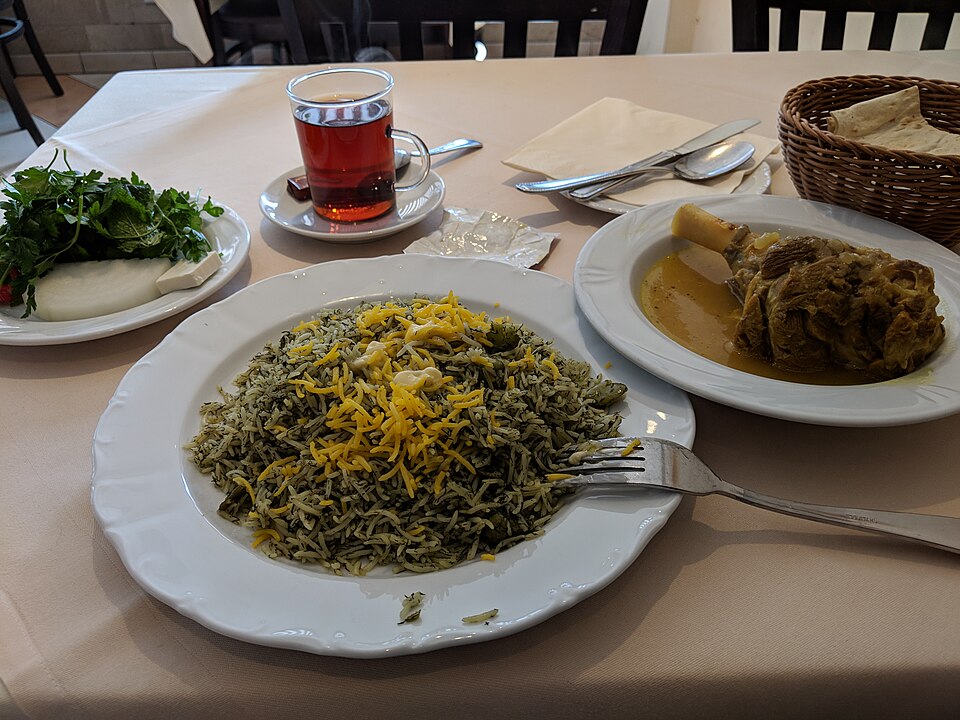
Iranian cuisine, or Persian cuisine, is characterized by its fragrant rice dishes, stews, and kebabs, often accented with saffron, pomegranate, and dried lime. Dishes such as fesenjan (a walnut and pomegranate stew) and tahdig (crispy rice) showcase the intricate flavors and textures that define Persian cooking. The emphasis on fresh herbs and balanced spices makes Iranian cuisine both unique and deeply satisfying.
Moroccan Cuisine
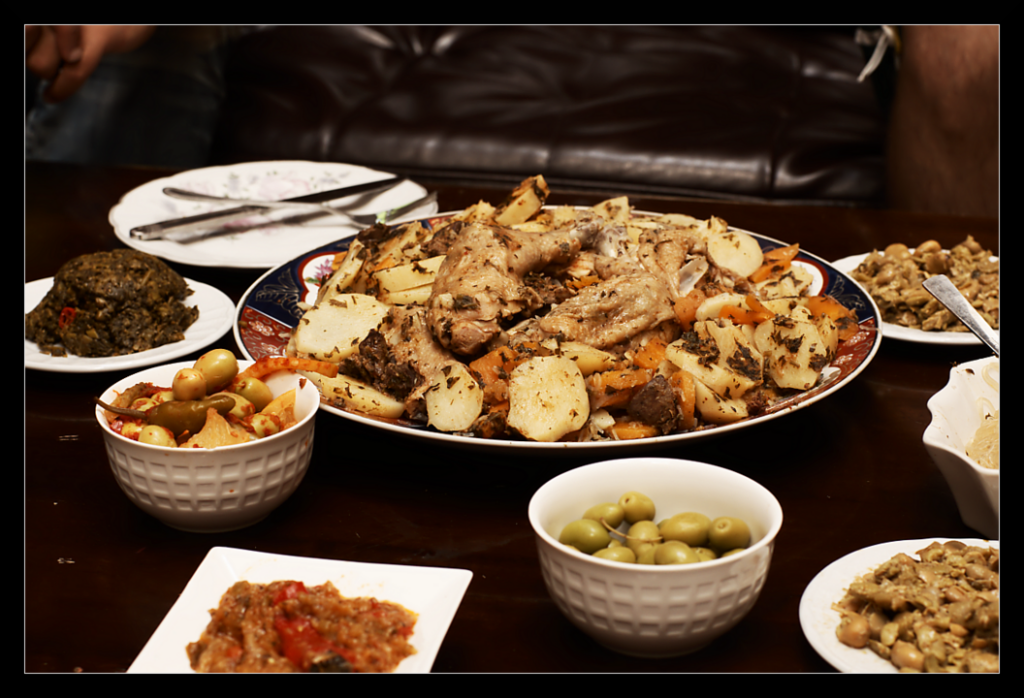
Moroccan cuisine is a tapestry of flavors influenced by Berber, Arab, and French cultures. Tagines, slow-cooked stews made in clay pots, are a hallmark of Moroccan cooking, featuring combinations of meat, dried fruits, and aromatic spices. Couscous, harira (spiced soup), and a variety of pastries showcase the country’s rich culinary traditions and the importance of spices like cumin, cinnamon, and saffron.
Indonesian Cuisine
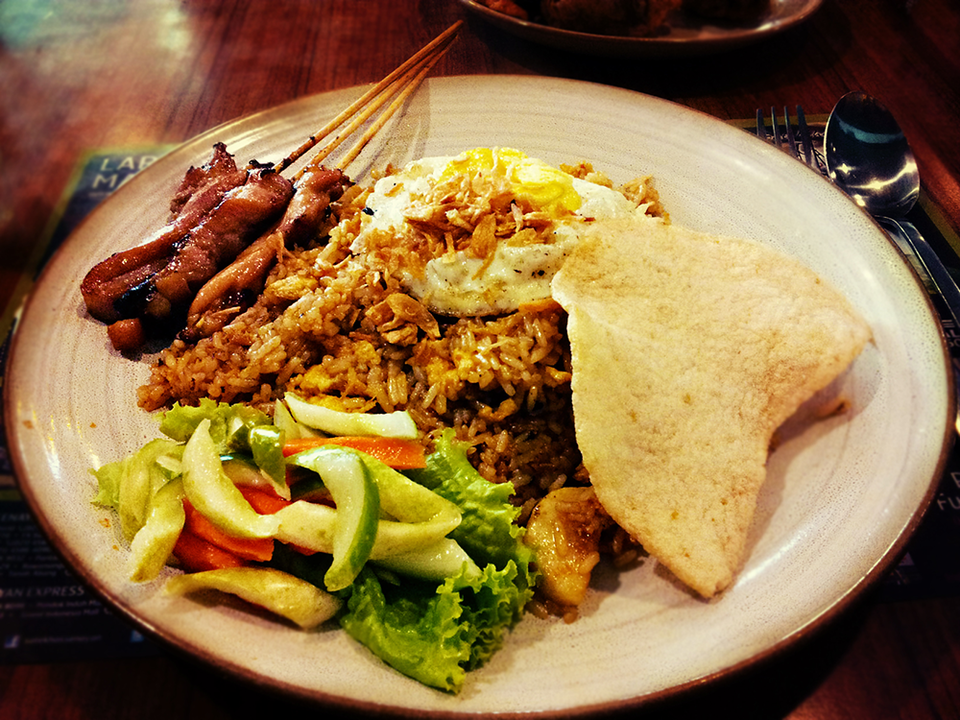
Indonesian cuisine, with its more than 17,000 islands, offers an incredible diversity of flavors and dishes. Nasi goreng (fried rice), satay (skewered meat), and rendang (spicy beef stew) are just a few examples of the rich and varied culinary landscape. The use of local spices, fresh herbs, and coconut milk creates a depth of flavor that is both complex and inviting, making Indonesian food a culinary adventure worth exploring.
Ecuadorian Cuisine
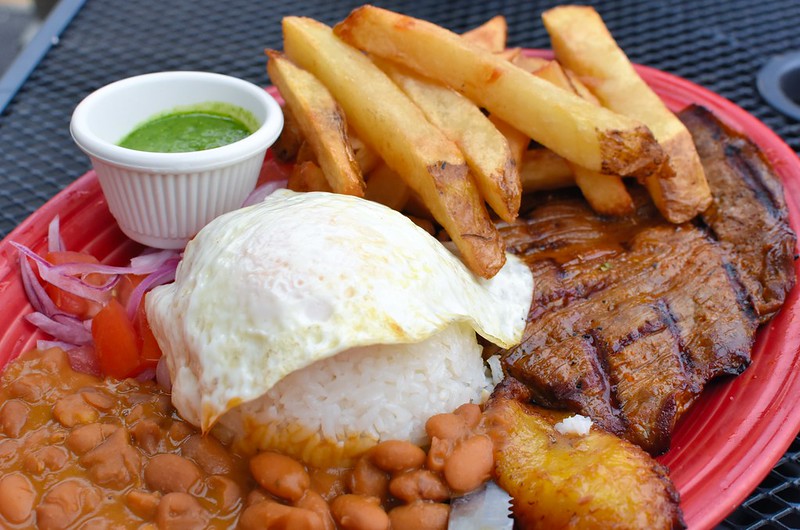
Ecuadorian cuisine is diverse and regionally distinct, offering a blend of indigenous, Spanish, and African influences. Coastal dishes like ceviche and encocado (coconut seafood stew) highlight the fresh seafood available, while highland meals such as locro de papa (potato soup) and hornado (roast pork) reflect the agricultural bounty. The use of ingredients like plantains, corn, and a variety of tropical fruits adds to the unique flavor profile of Ecuadorian food.
Jamaican Cuisine
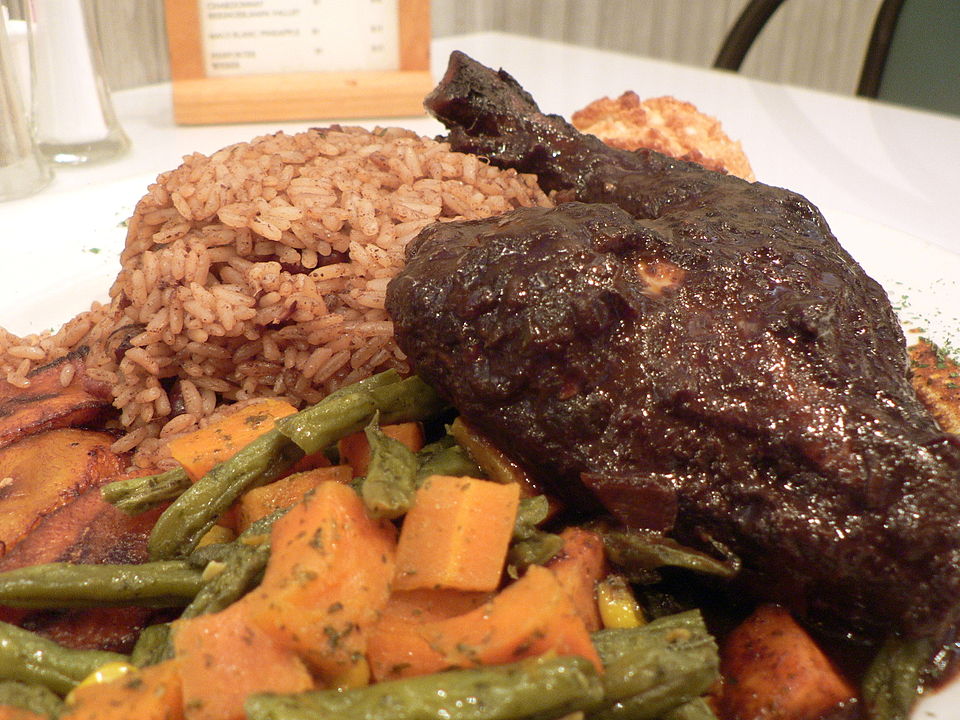
Jamaican cuisine is famous for its bold flavors and use of local ingredients. Jerk chicken, seasoned with a blend of spices and cooked over pimento wood, exemplifies the island’s vibrant culinary culture. Other dishes like ackee and saltfish, curry goat, and festivals (fried dumplings) highlight the diverse influences from African, Spanish, and indigenous Taino traditions. The use of tropical fruits and spices makes Jamaican cuisine a flavorful and exciting experience.
Portuguese Cuisine
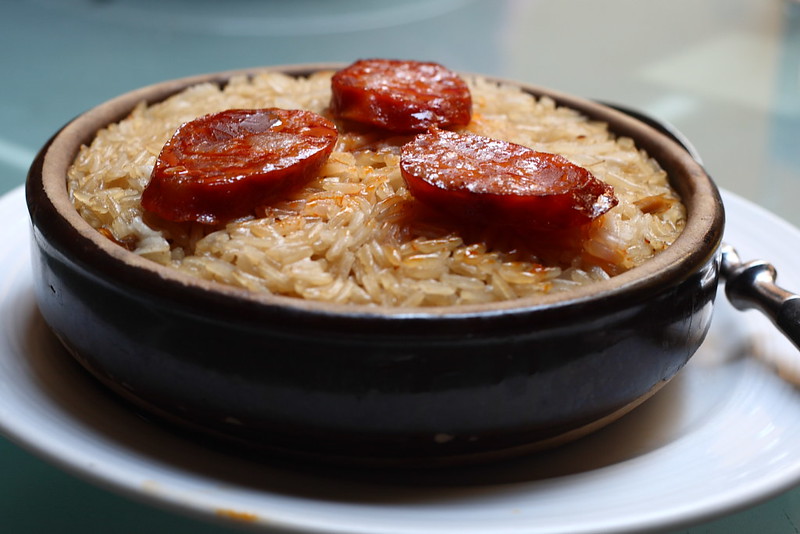
Portuguese cuisine is often overshadowed by its Mediterranean neighbors, but it offers a wealth of delicious dishes. From the hearty stews like cozido to the iconic bacalhau (salted cod) preparations, Portuguese food is rich and diverse. The country’s maritime heritage brings a variety of seafood dishes, while desserts like pastéis de nata (custard tarts) offer a sweet conclusion. The use of fresh ingredients and traditional cooking methods makes Portuguese cuisine both comforting and delightful.
Sri Lankan Cuisine
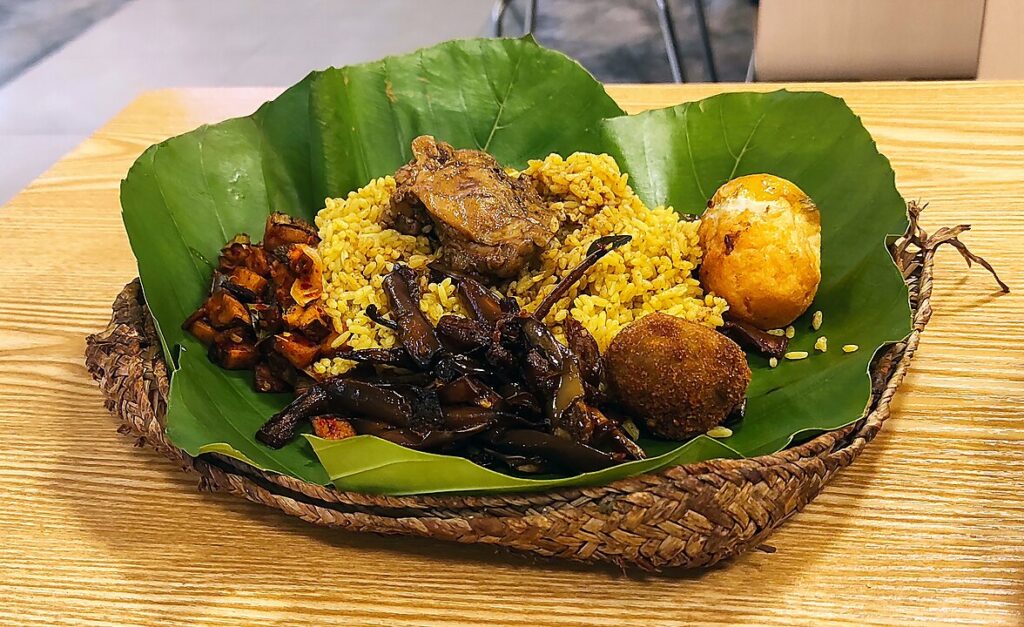
Sri Lankan cuisine is a hidden gem, characterized by its bold flavors and use of a variety of spices. Rice and curry form the staple of Sri Lankan meals, with dishes featuring fish, chicken, or vegetables cooked in aromatic spices and coconut milk. String hoppers (steamed rice noodles) and hoppers (bowl-shaped pancakes) are unique to Sri Lanka and add to the diverse culinary landscape. The island’s cuisine is a vibrant blend of Tamil, Sinhalese, and colonial influences.
Hungarian Cuisine
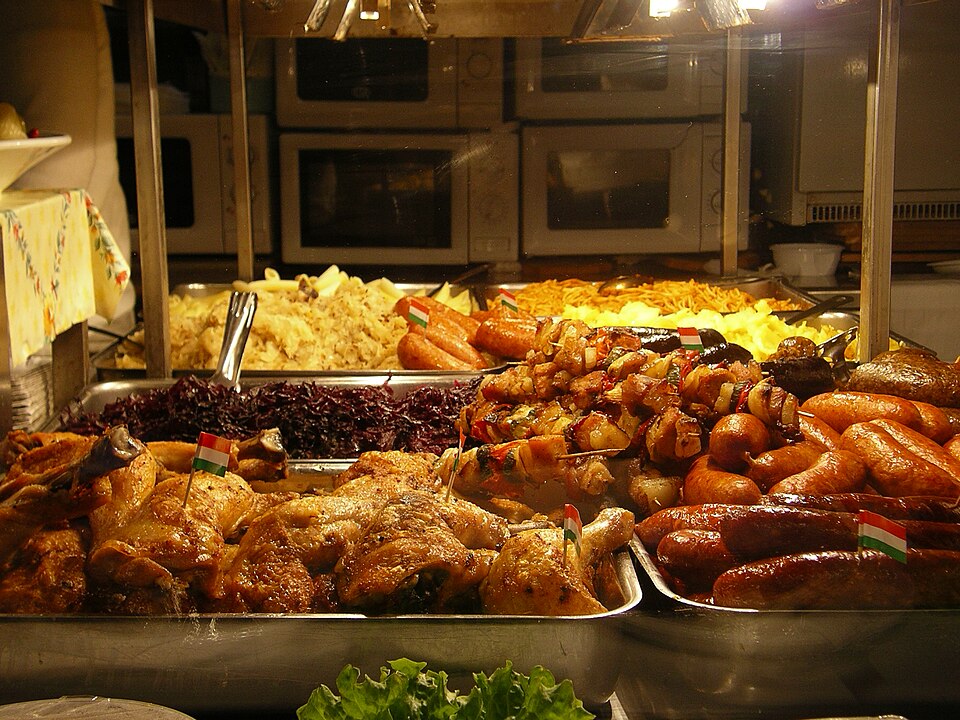
Hungarian cuisine is rich and hearty, featuring dishes that reflect the country’s agricultural heritage. Goulash, a beef stew seasoned with paprika, is perhaps the most famous, but dishes like lángos (deep-fried dough) and chimney cake (a sweet pastry) also deserve recognition. The use of paprika, sour cream, and fresh ingredients highlights the robust flavors and traditional cooking techniques that define Hungarian food.
Nepalese Cuisine
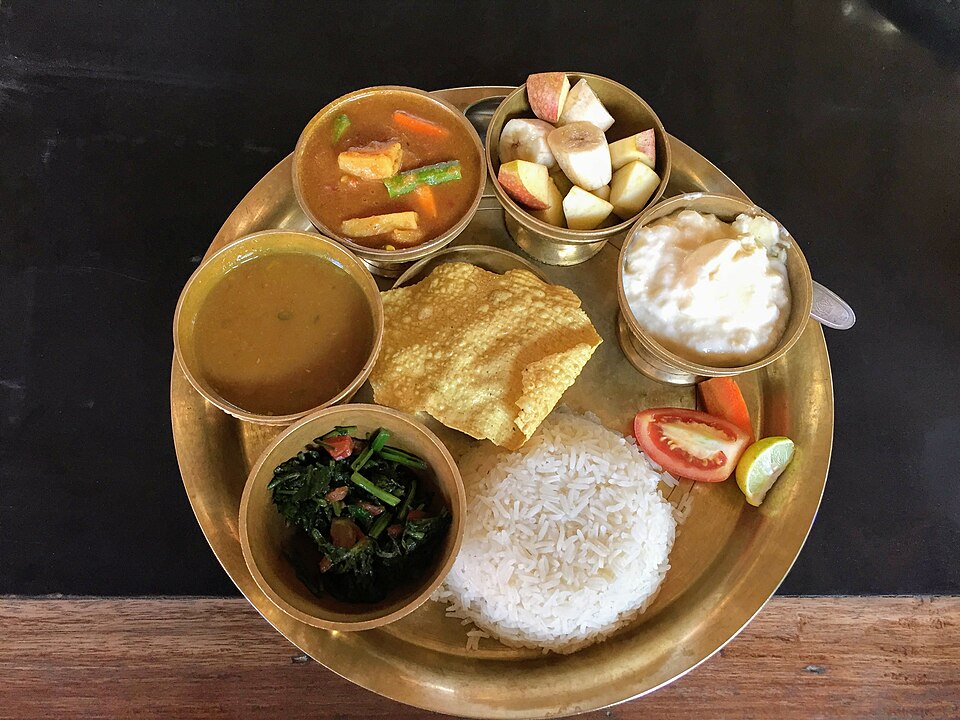
Nepalese cuisine is a delightful blend of Tibetan, Indian, and Chinese influences. Dal bhat (lentil soup with rice) is a staple, often accompanied by a variety of vegetable and meat curries. Momo (dumplings) are another popular dish, showcasing the country’s culinary diversity. The use of spices like turmeric, cumin, and coriander, along with fresh herbs, creates a unique and flavorful dining experience.
Senegalese Cuisine
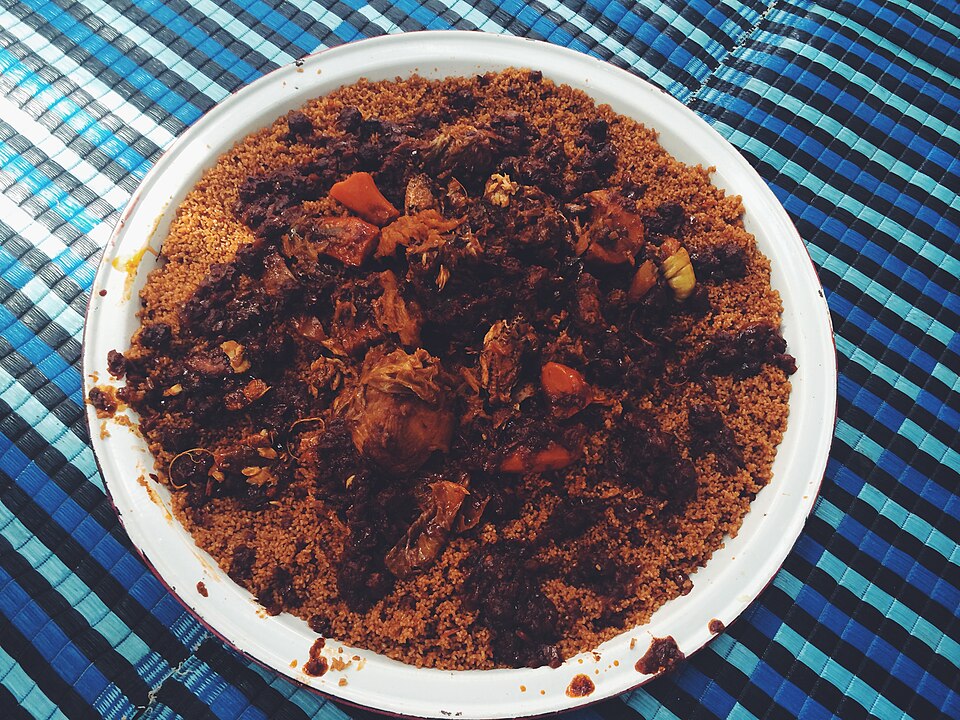
Senegalese cuisine is a flavorful fusion of West African, French, and Portuguese influences. Thieboudienne, a fish and rice dish, is the national dish, highlighting the importance of seafood in Senegalese cooking. Other dishes like yassa (marinated chicken) and maafe (peanut stew) showcase the rich and diverse flavors of the region. The use of fresh ingredients, spices, and herbs makes Senegalese cuisine both vibrant and satisfying.
Burmese Cuisine
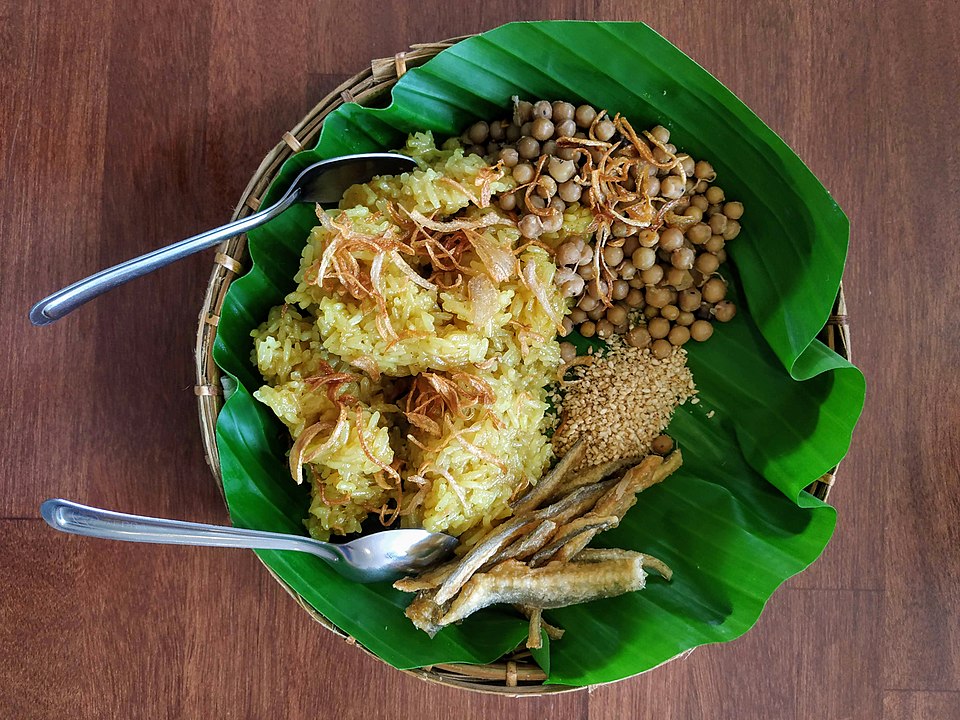
Burmese cuisine, from Myanmar, offers a unique blend of Southeast Asian flavors. Dishes like mohinga (fish noodle soup) and tea leaf salad highlight the country’s culinary diversity. The use of fermented ingredients, fresh herbs, and a variety of spices creates a depth of flavor that is both distinctive and delicious. Burmese food reflects the country’s rich cultural heritage and the influence of its neighbors.
Tunisian Cuisine
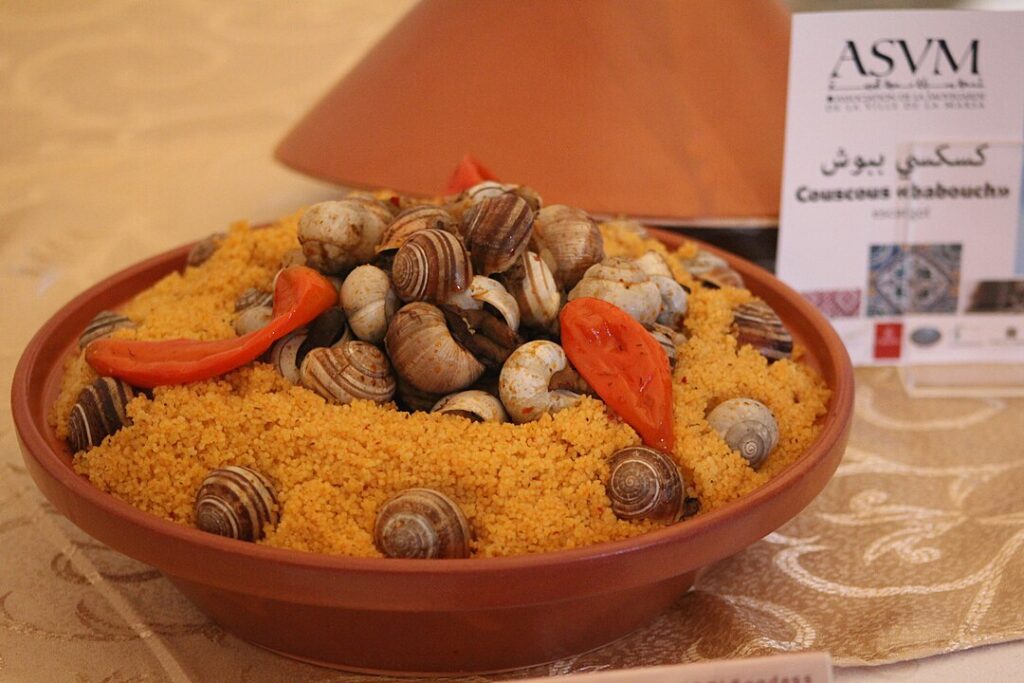
Tunisian cuisine is a vibrant mix of Mediterranean and North African flavors. Couscous, the national dish, is often served with a variety of meats and vegetables, showcasing the country’s agricultural bounty. Harissa, a spicy chili paste, is a staple in many dishes, adding a distinctive kick. The use of fresh ingredients, aromatic spices, and traditional cooking methods make Tunisian cuisine both flavorful and unique.
Haitian Cuisine
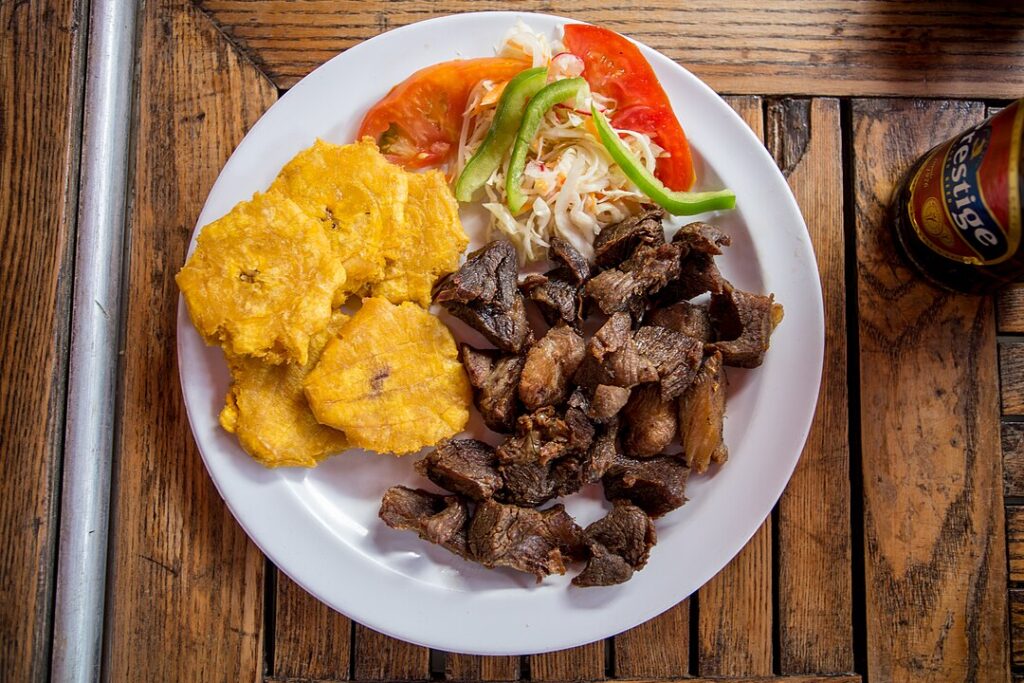
Haitian cuisine is a flavorful blend of African, French, and Caribbean influences. Dishes like griot (fried pork) and pikliz (spicy pickled vegetables) highlight the bold flavors and use of local ingredients. Rice and beans, plantains, and fresh seafood are staples in Haitian cooking. The use of spices and herbs, along with traditional cooking techniques, creates a rich and satisfying culinary experience.
Maltese Cuisine
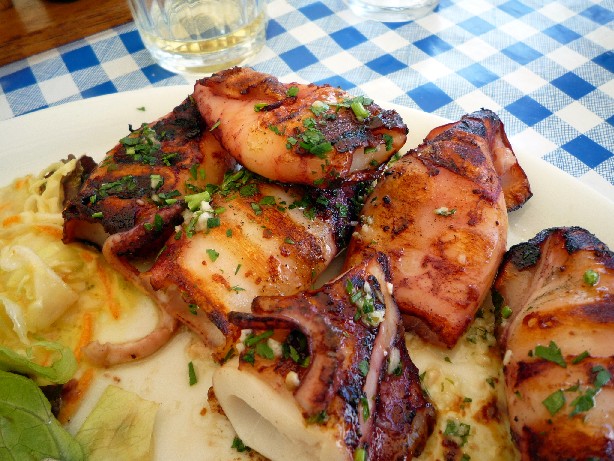
Maltese cuisine, from the Mediterranean island of Malta, offers a unique blend of Italian, Arabic, and British influences. Pastizzi (flaky pastry filled with ricotta or peas) and rabbit stew are traditional dishes that showcase the island’s culinary heritage. The use of fresh seafood, local produce, and aromatic herbs and spices creates a flavorful and diverse dining experience. Maltese food reflects the island’s rich history and cultural diversity.
This article originally appeared on UnifyCosmos.
More from UnifyCosmos
20 Portable Gadgets for Endless Entertainment Anywhere

In our fast-paced world, portable electronics have become essential for on-the-go entertainment. These devices, such as smartphones, tablets, and portable gaming consoles, offer a wide range of options to keep us entertained during travel or downtime. Read more!
23 Popular Video Games That Disappointed Fans

While some video games achieve massive commercial success, not all of them live up to the hype or expectations of players. In this article, we’ll explore a few examples of best-selling video games that ultimately left fans feeling disappointed. Read more!
25 Must-Have Apps for Every College Student

This article explores essential apps designed to streamline the college experience, from managing schedules and assignments to enhancing collaboration and productivity. Read more!
Leave a Reply